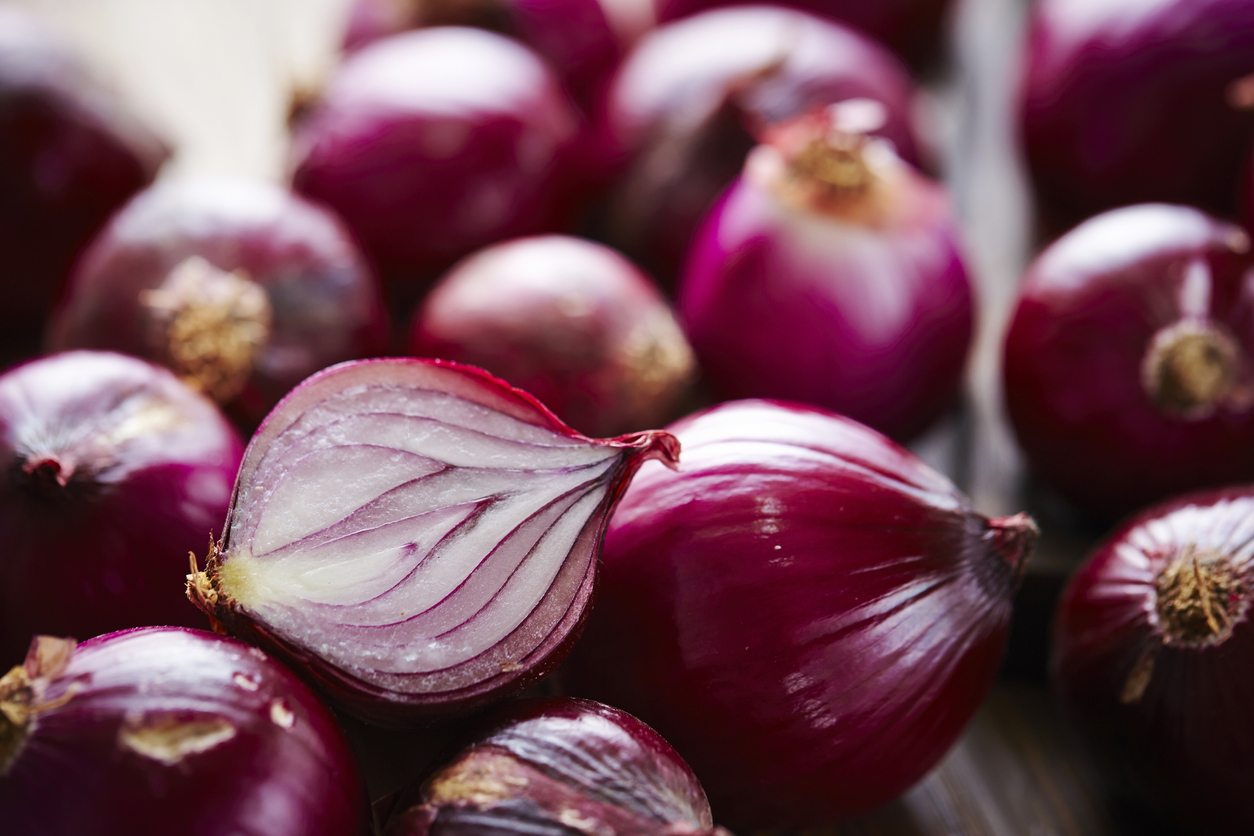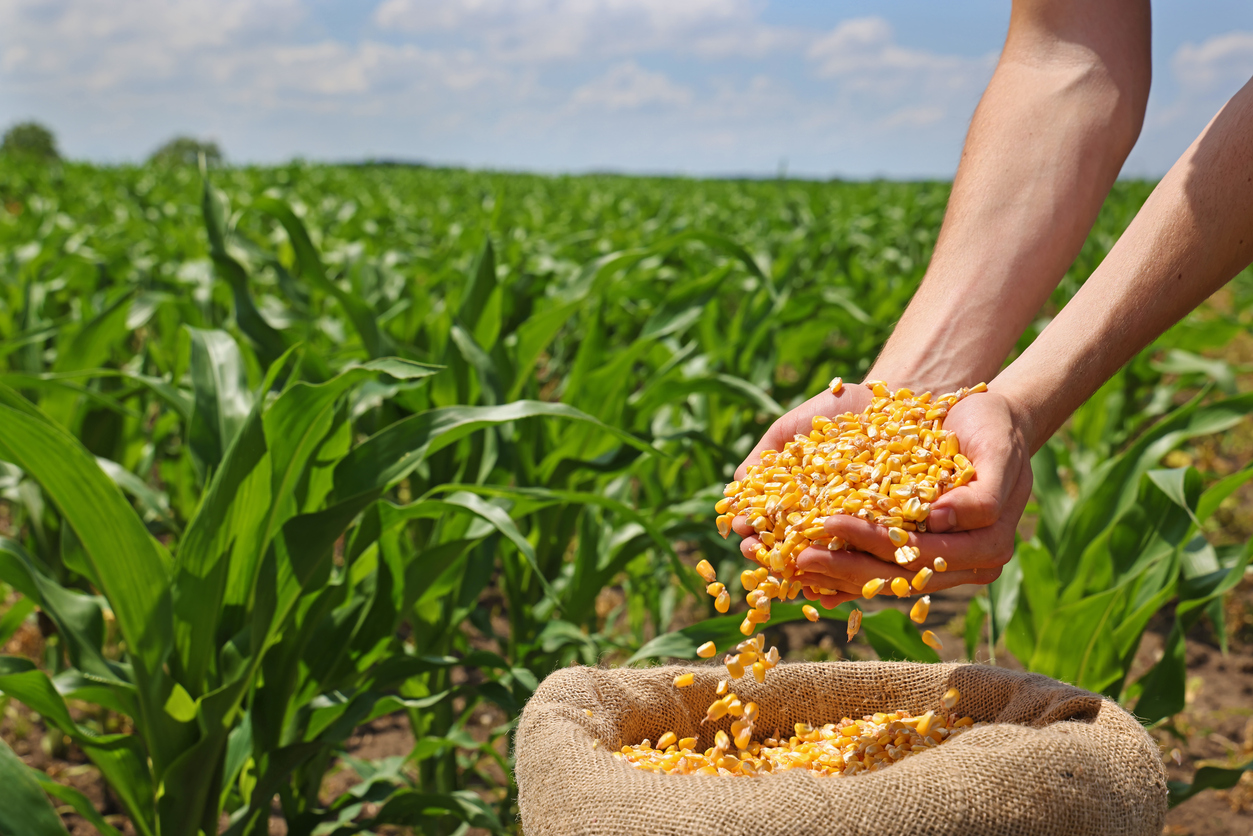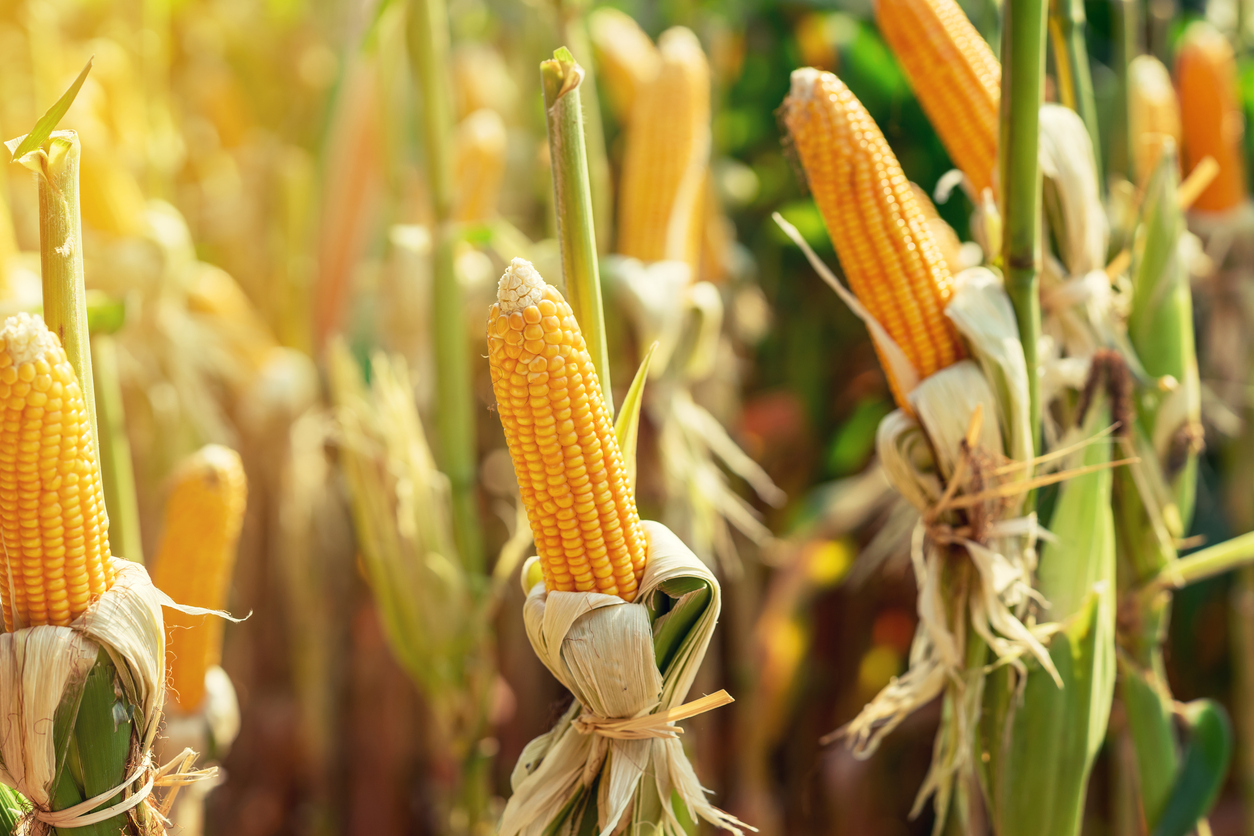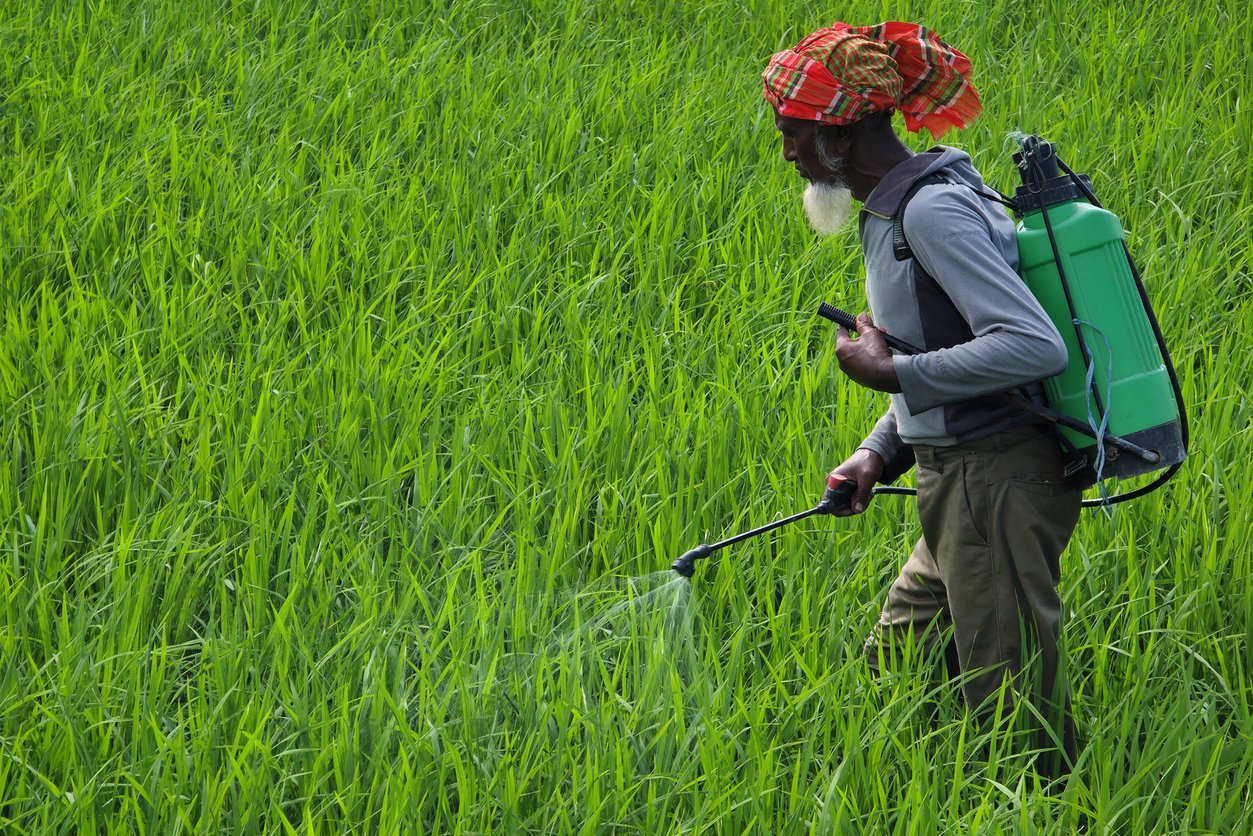Onions on Demand: How Technology is Addressing the Supply Chain Challenges in 2024
Onions on Demand: How Technology is Addressing the Supply Chain Challenges in 2024
Are you tired of shedding tears over the scarcity of onions at your local grocery store? Well, fret no more! In the year 2024, technology has come to our rescue by revolutionizing the way we address supply chain challenges. And guess what? Onions are at the forefront of this transformation! Join us on a journey through time as we explore how cutting-edge technologies like AI, blockchain, and automated farming have united to ensure that onions – and all our favorite produce – are always available on demand. Get ready to delve into a future where onion shortages are nothing but a distant memory!
Introduction to the Onion Shortage of 2024
The year 2024 marked a significant event in the produce industry – the onion shortage. This unexpected shortage caught many businesses and consumers off guard, leading to a scramble for this essential ingredient. The reason behind this shortage can be traced back to several factors, including weather conditions, supply chain challenges, and technological advancements.
The onion shortage of 2024 was primarily caused by extreme weather conditions that affected major onion-producing regions around the world. In the United States alone, severe droughts and floods hit key onion-growing states such as California and Texas, resulting in low yields and poor quality crops. Additionally, countries that are major exporters of onions also faced similar weather-related challenges, further reducing global supply.
Another contributing factor to the onion shortage was related to supply chain challenges. The pandemic of 2020 had already disrupted global trade and logistics systems, causing delays and disruptions in supply chains worldwide. When combined with the effects of extreme weather events on crop production, these challenges were amplified and resulted in a reduced availability of onions on the market.
However, amidst all these challenges emerged a glimmer of hope – technology. With advancements in digitalization and automation in recent years, innovative solutions have been developed to help address some of these supply chain issues. The use of precision agriculture techniques has enabled farmers to better monitor their crops’ growth and health while using resources more efficiently. This has helped mitigate some impacts of adverse weather conditions on crop yields.
Background on Onion Supply Chain Challenges
Onions are a staple ingredient in many cuisines around the world, making them an essential part of the global food supply chain. However, despite their popularity and high demand, the onion supply chain faces numerous challenges that can affect the availability and quality of this versatile vegetable.
One of the main challenges in the onion supply chain is its highly perishable nature. Onions have a short shelf life and require careful handling throughout every step of the supply chain to maintain their freshness. This includes proper storage conditions, temperature control during transportation, and timely delivery to retailers or consumers.
Another significant challenge is seasonality. Onions are mainly grown in specific regions during certain times of the year, resulting in fluctuations in supply and demand. For example, India is one of the largest producers and exporters of onions globally, but its production is mostly limited to September-December period. This creates an imbalance between supply and demand for onions throughout the rest of the year.
Moreover, due to their low weight-to-value ratio, transporting onions over long distances can be expensive for farmers and distributors alike. The cost involved in transportation also adds up to the final retail price paid by consumers.
These challenges are further compounded by factors such as lack of infrastructure and poor storage facilities along with inadequate cold-chain logistics systems in developing countries where most onions are produced.
Impact of Technology on Addressing the Challenges
Technology has been a game-changer in almost every aspect of our lives, and the supply chain industry is no exception. With the advancements in technology, the traditional methods of managing supply chains have become obsolete and inefficient. The onion supply chain, like many other agricultural commodities, faced numerous challenges that hindered its smooth operation and profitability. However, with the integration of technology, these challenges are being addressed effectively.
1.1 Improved Communication and Collaboration
One of the significant challenges faced by the onion supply chain was lack of communication and collaboration among different stakeholders. Farmers, suppliers, distributors, and retailers were often disconnected from each other, leading to delays in information sharing and decision making. This resulted in wastage of onions due to inaccurate forecasting or miscommunication between farmers and suppliers.
With the implementation of modern technologies such as cloud-based platforms or mobile applications, all stakeholders can now communicate seamlessly in real-time. Farmers can update their inventory levels on these platforms which are accessible to suppliers who can then plan their orders accordingly. This has led to improved collaboration amongst all parties involved in the supply chain resulting in better coordination and efficiency.
1.2 Enhanced Traceability
Another challenge faced by the onion supply chain was tracking onions from farm to fork accurately. Due to manual record-keeping systems or lack thereof, it was difficult for suppliers or retailers to trace back where their produce came from in case there were any quality issues or recalls.
AI and Predictive Analytics in Onion Production
1.1 Introduction to AI and Predictive Analytics in Onion Production
Onions are one of the most widely consumed vegetables globally, with a production volume of over 106 million metric tons in 2020 (Source: FAOSTAT). However, the onion supply chain faces numerous challenges such as fluctuating demand, price volatility, and unpredictable weather conditions that can affect crop yield. These challenges make it difficult for farmers to plan their production and manage their inventory efficiently.
To address these challenges, the agricultural industry has turned to advanced technologies like Artificial Intelligence (AI) and Predictive Analytics. These technologies have revolutionized onion production by providing valuable insights that enable farmers to make data-driven decisions from seed selection to harvesting. In this section, we will explore how AI and Predictive Analytics are transforming onion production.
1.2 Understanding AI in Onion Production
AI is a branch of computer science that involves creating intelligent machines capable of performing tasks that usually require human intelligence. In agriculture, AI is used to analyze large amounts of data collected from various sources such as soil sensors, weather stations, satellite imagery, market trends, and historical farm data.
In onion production specifically, AI algorithms can analyze these vast amounts of data to provide valuable insights into factors such as optimal planting time based on weather patterns, disease outbreaks prediction based on past occurrences and market trends analysis for better pricing strategies.
Automation in Harvesting and Processing Onions
As the demand for onions continues to grow, so does the pressure on farmers and processors to produce and supply them efficiently. Traditional methods of harvesting and processing onions can be time-consuming, labor-intensive, and prone to errors, leading to supply chain challenges such as delays, waste, and high costs. However, advancements in technology have introduced automation solutions that are revolutionizing the way onions are harvested and processed.
1. Harvesting Automation:
Traditionally, onions were hand-harvested by farm workers using knives or sickles. This method was not only physically demanding but also required a skilled workforce with proper training. With technological advancements, farmers now have access to automated onion harvesters that use rotating belts or blades to gently lift the bulbs from the soil without damaging them. These machines can cover larger areas in a shorter amount of time with minimal human intervention.
Some advanced onion harvesters are equipped with sensors that detect the size and ripeness of each bulb before picking it. This helps ensure that only matured onions are harvested while leaving smaller ones behind for further growth. By reducing human error and increasing efficiency in harvesting, these machines contribute significantly to maintaining a steady supply of quality onions throughout the year.
2. Processing Automation:
Once harvested, onions need to be sorted into different sizes, washed thoroughly, peeled if necessary, and packed accordingly before they reach consumers’ hands. Manual sorting is a tedious process that requires significant labor hours and increases the risk of human error resulting in misclassifications or damaged bulbs.
Tracking and Traceability with Blockchain Technology
Tracking and traceability are crucial components of supply chain management, especially in the food industry where consumers are increasingly concerned about the safety and origin of their food. With the rise of technology, traditional methods of tracking and tracing products through the supply chain have become outdated and inefficient. This is where blockchain technology comes in.
Blockchain is a decentralized digital ledger that records transactions across a network of computers. It creates an unchangeable record of every transaction or event that occurs within a supply chain, providing transparency and accountability for all parties involved. This revolutionary technology has the potential to transform how we track and trace products in the supply chain, particularly for perishable goods like onions.
So how exactly can blockchain improve tracking and traceability in the onion supply chain? Let’s take a closer look.
1. Enhanced Transparency:
One of the main advantages of using blockchain technology for tracking and traceability is its ability to provide complete transparency. With blockchain, each transaction or event in the supply chain is recorded on an immutable digital ledger that can be accessed by all parties involved in real-time. This means that everyone from farmers to distributors to retailers can have access to accurate information about their onions’ journey from farm to fork.
This level of transparency not only improves trust between different parties but also helps identify any potential issues or delays in the supply chain quickly. For example, if there was a delay in transportation due to bad weather conditions, this information would be recorded on the blockchain, allowing other stakeholders to make necessary adjustments accordingly.
Innovative Solutions from Startups and Companies
1. Introduction to Innovative Solutions from Startups and Companies
In today’s fast-paced world, technology is constantly evolving and transforming the way businesses operate. This is especially true in the supply chain industry, where companies are facing numerous challenges such as fluctuating demand, increasing competition, and rising costs. In order to overcome these challenges and stay ahead of the game, startups and established companies alike are turning to innovative solutions.
In this section, we will explore some of the most cutting-edge technologies being developed by startups and companies that are revolutionizing the onion supply chain.
2. Internet of Things (IoT) for Real-Time Tracking
One of the biggest challenges in any supply chain is maintaining visibility and control over products as they move through different stages. This becomes even more crucial in perishable goods like onions which have a limited shelf life. Fortunately, startups have come up with IoT-based solutions that use sensors and tracking devices to monitor onions throughout their journey.
By attaching sensors to each batch of onions, suppliers can track their location, temperature, humidity levels and other important metrics in real-time. This not only ensures timely delivery but also enables early detection of any issues or delays so that corrective action can be taken immediately.
3. Blockchain Technology for Transparency
Another major issue faced by onion producers is maintaining transparency in the supply chain. From farm to fork, there are multiple intermediaries involved in handling onions which makes it difficult for consumers to trace back its origin or verify its quality.
Benefits and Potential Drawbacks of Technological Solutions
1. Benefits of Technological Solutions in Addressing Supply Chain Challenges
The use of technology in addressing supply chain challenges has become increasingly popular in recent years due to its numerous benefits. These technological solutions can help streamline processes, improve efficiency, and reduce costs for businesses involved in the supply chain. Here are some key benefits of using technology to address supply chain challenges:
a. Real-time Tracking: One major benefit of technological solutions is the ability to track products and shipments in real-time. This allows businesses to have a clear understanding of where their products are at any given time, reducing the risk of lost or delayed deliveries.
b. Inventory Management: Technology also offers advanced inventory management systems that can accurately track stock levels and alert businesses when it’s time to restock. This helps prevent shortages or overstocking, which can result in financial losses.
c. Automation: The automation of certain tasks within the supply chain process can save valuable time and resources for businesses. For example, automated order processing and fulfilment systems can eliminate manual errors and speed up delivery times.
d. Improved Communication: Technology has greatly improved communication between different stakeholders within the supply chain, such as manufacturers, suppliers, and retailers. With real-time data sharing capabilities, all parties involved can stay updated on the progress of orders and quickly address any issues that may arise.
Future Outlook for the Onion Industry
The onion industry has undergone significant changes in recent years, and these changes are expected to continue shaping the future of the industry. Technological advancements, changing consumer preferences, and global market dynamics are all contributing factors to the evolving landscape of the onion industry.
One of the major challenges faced by the onion industry is supply chain management. Onions are a perishable commodity with a short shelf life, making it crucial for producers to efficiently manage their supply chains to ensure that onions reach consumers fresh and at reasonable prices. However, traditional methods of production and distribution have often fallen short in meeting these demands.
Fortunately, technology is stepping in to address these challenges and revolutionize the onion industry. With innovative solutions such as precision agriculture, smart packaging, and blockchain technology, the future outlook for the onion industry looks promising.
Precision agriculture involves using sensors, drones, and other advanced technologies to gather data about soil quality, moisture levels, and plant health. This allows farmers to make informed decisions about when to plant onions, how much water and fertilizer they need, and when they should be harvested. By optimizing growing conditions through precision agriculture techniques, farmers can improve crop yields while reducing costs.
Smart packaging is another game-changing technology for the onion industry. These packages utilize sensors that monitor temperature and humidity levels inside storage containers during transportation. This ensures that onions are kept at optimal conditions throughout their journey from farm to store shelves. As a result, spoilage rates decrease significantly compared to traditional packaging methods.
Conclusion: A Brighter Future for Onions on Demand
1. Conclusion: A Brighter Future for Onions on Demand
The advancements in technology have greatly improved the onion supply chain and addressed many of the challenges faced by this industry. From farming to delivery, there are now numerous tools and solutions available that make it easier for farmers, suppliers, and consumers to access onions on demand.
One of the most significant benefits of these technological innovations is the increased efficiency in farming practices. Precision agriculture techniques such as using drones for crop monitoring and utilizing smart irrigation systems have resulted in higher yields and reduced costs for farmers. This allows them to produce more onions at a lower cost, making them more readily available in the market.
Moreover, with the implementation of blockchain technology in supply chain management, there is better transparency and traceability throughout the entire process. This not only ensures food safety but also helps prevent fraudulent activities such as mislabeling or selling fake products.
The use of e-commerce platforms has made it possible for consumers to order onions directly from farmers or suppliers without any middlemen involved. This not only cuts down on costs but also supports local farmers by providing them with a larger customer base.
Additionally, mobile applications have revolutionized how we buy groceries by offering convenient options like online ordering and doorstep delivery services. This has made it easier for consumers to access fresh onions whenever they need them without having to physically go to a store.








Comments are closed.